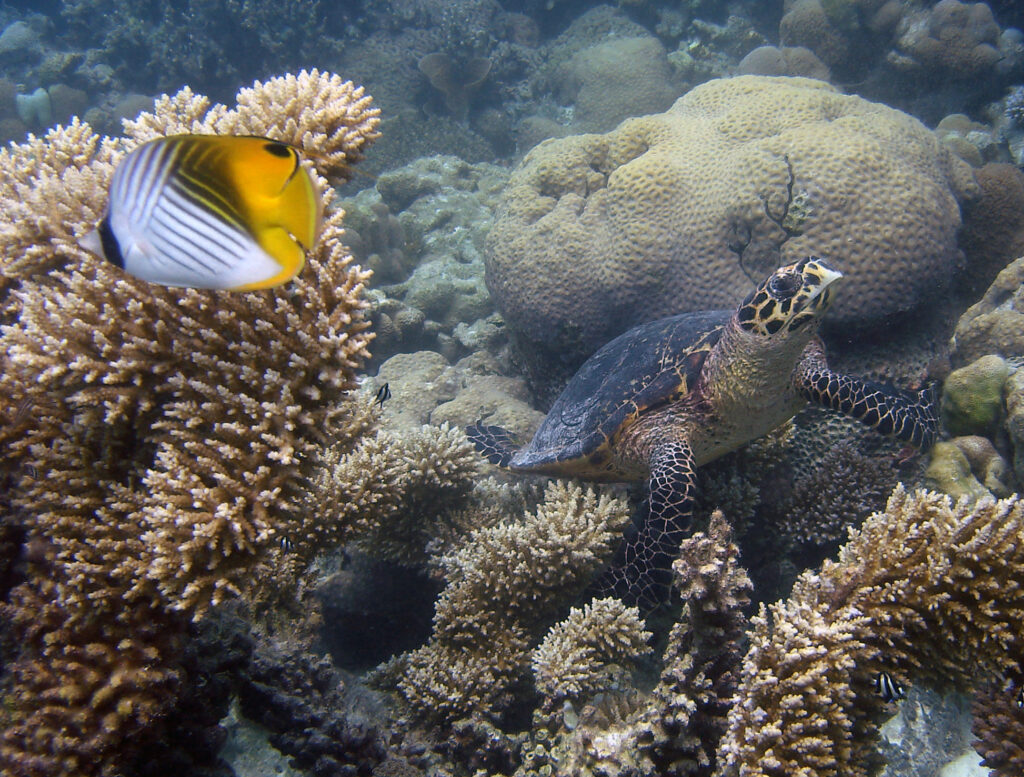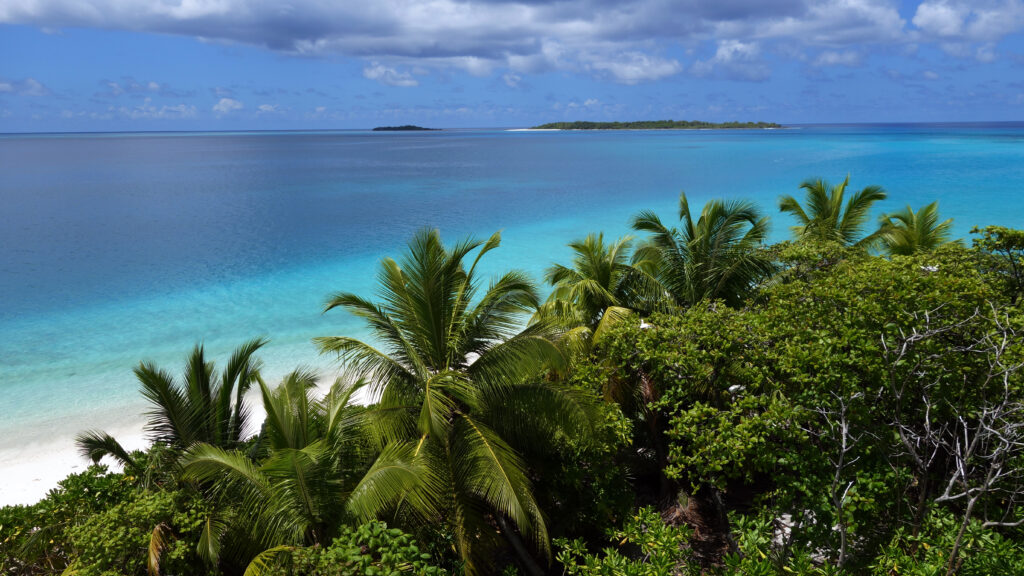The Chagos Archipelago



About the islands
The Chagos archipelago is a group of seven atolls in the Indian Ocean, comprising at least 60 islands about 500 km south of the Maldives and more than 2000 km northeast of Mauritius, covering an area of 56 square kilometres. The archipelago is located in the Indian Ocean, and is now known as the British Indian Ocean Territory (BIOT). There has been a US airbase on the island of Diego Garcia since the early 1970s but there is now no permanent population on the islands following both the BIOT Immigration Ordinance of 1971 and Orders in Council of 2004, which made it a criminal offense for those without military clearance to be on the islands without a permit. The entire indigenous population of the islands was removed to Mauritius and the Seychelles between 1965 and 1973
The Chagos Islands are the southernmost archipelago of the Chagos–Laccadive Ridge, a long submarine mountain range in the Indian Ocean. To the north are the Salomon Islands, Nelson’s Island and Peros Banhos; in the south-west are the Three Brothers, Eagle, Egmont and Danger Island(s); southeast of these is Diego Garcia, by far the largest island. All the islands are low-lying atolls, many of which are set around lagoons. The Great Chagos Bank is the largest atoll in the world. The Territory is one of 14 British Overseas Territories and administered from London by the British Indian Ocean Territory Administration. Access is restricted and a permit is required in advance of travel from the Administration.
The Natural Environment
The islands are home to an astonishing diversity of life, and act as a refuge for many threatened species. Conservation organisations such as the Chagos Conservation Trust conserve and restore this precious environment, where they contribute to important marine conservation and learn much about the natural ecosystems of our world. The Chagos Archipelago is important because so many different forms of life call it home, from the coral reefs to the various species that live on more than 55 islands. Its unique habitats include 66,000 km2 of shallow reefs, vast deep-sea plains and limestone platforms, as well as 86 sea mounts and 243 deep sea-knolls. More than 300 species of coral can be found in the archipelago, as well as 800 different types of fish. The tropical ecosystem enables a kaleidoscope of wildlife to thrive. As many as 800 species of fish can be found in the archipelago, including rays, skates and more than 50 different types of shark. Around 175,000 pairs of seabirds visit the islands to breed, and the archipelago shelters populations of, turtles, coconut crabs and many species of fish, including tuna. It is a breeding ground for many vulnerable types of wildlife, and a haven that is worth protecting.
The Marine Protected Area
The BIOT Commissioner declared a 640,000 km² ‘no-take’ marine protected area on 1 April 2010. This means all commercial fishing and extractive activities are prohibited, which is the maximum level of protection. The declaration doubled the previous global no-take area, as well as provided protection to approximately 1.5% of the total global area of near-surface coral reefs. Today it remains one of the largest marine protected areas in the world.
The creation of the Marine protected Area followed an effort led by The Chagos Environment Network a collaboration of nine leading conservation and scientific organisations seeking to protect the rich biodiversity of the Chagos Archipelago and its surrounding waters.
At 640,000 km2 the area of the marine protected area is larger than France or the US state of California. When created it doubled the total area of environmental no-take zones worldwide. The protection of the marine reserve will be guaranteed for the next five years thanks to the financial support of the Bertarelli Foundation. The setting up of the Marine Reserve has also been portrayed as an attempt to prevent any repatriation by the inhabitants evicted in the 1960s and 1970s. Leaked US cables have shown the FCO suggesting to its US counterparts that setting up a protected no-take zone would make it “difficult, if not impossible” for the islanders to return.
The Chagos Conservation Trust
Chagossian Voices has been working closely with the Chagos Conservation Trust due to a shared desire to protect and conserve the archipelago, the ocean that surrounds it, and its animal, plant and marine life. We have also collaborated on various projects from this website to Connect Chagos, which saw younger members of the Chagossian community receive training to enable them to attend scientific expeditions to the islands. For more information, please visit https://chagos-trust.org



